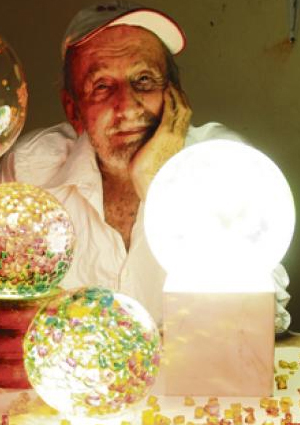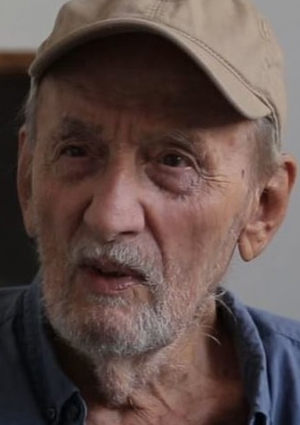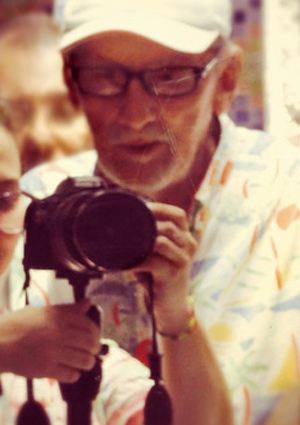Director, Producer, Screenplay, Edition, Text - Argument
Luis Ernesto Arocha
Luis Ernesto Arocha was an architect and filmmaker from the Colombian city of Barranquilla, and a pioneer in experimental film in the country. He studied architecture at Tulane University in New Orleans, where he graduated in 1953. In the summer of 1964, he travelled to New York at the invitation of painter Enrique Grau. There, he discovered the art of filmmaker Stan Brakhage and the experimental film of Andy Warhol, which led him to become deeply interested in this mode of filmmaking.
In the 1960s, he became a pioneer in experimental cinema in Colombia. His first film was La pasión y muerte de Marguerite Gautier, which recounts a very simple story as a way of exploring the ideas that were also of interest to the filmmakers he admired–Warhol, Brakhage, and Anger. He went on to create two landmark works in experimental cinema: Las ventas de Salcedo in 1966, inspired by the work of conceptual artist Bernardo Salcedo, and Azilef in 1971, an eight-minute film inspired by sculptor Feliza Bursztyn. In 1973, he released the nationally acclaimed La ópera del mondongo, which presents a social critique of the situation in 1970s Barranquilla. The film, produced by Bolivariana Films, earned him an Indian Catalina Award at the Cartagena International Film Festival (FICCI) and a tribute just last year at the Barranquilla International Film Festival (FICBAQ).
In 1972, he co-directed with writer Álvaro Cepeda Samudio the film La subienda. Both men were part of the renowned group of intellectuals known as the Barranquilla Group, of which Arocha was the last surviving member. His final film was El extraño caso del vampiro vegetariano, a 2014 remake of the short film of the same name that Arocha himself had written and filmed in 1962.
The 2014 adaptation, released last year, was co-directed with David Covo, produced by Marta Yances, and starred Carlos Serrato, Germán Quintero, and Margarita Arenas de Duncan. Over 30 minutes, the film tells the story of a Dracula who only feeds on the flowers of cemeteries, and his encounter with Van Helsing, who he meets at a Carnival celebration in Barranquilla. Bram Stoker's two characters become friends and lock themselves in a bathroom to smoke marijuana and sniff cocaine.
Luis Ernesto Arocha combined his filmmaking talent with his professional training as an architect to create the art piece he named Objetos de luz (Objects of Light). Made out of materials like bamboo and seashells, the piece consisted of creations such as glass spheres with butterflies floating inside them and glass leaves that glowed with electricity. The exhibit was shown in museums and galleries across the country.
The architect and filmmaker died early on Monday, November 7, 2016, at age 84, from a fall at his home in the city of Barranquilla.
Last updated: November 2016.
Filming
Director
Director
LA SUBIENDA (1972)
Producer
Screenplay
Edition
Edition
LA SUBIENDA (1972)
Text - Argument








